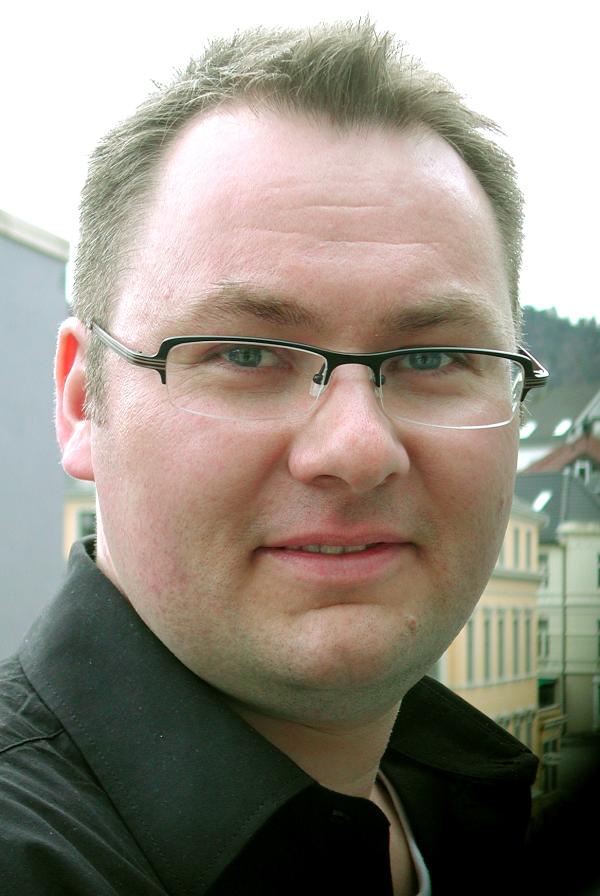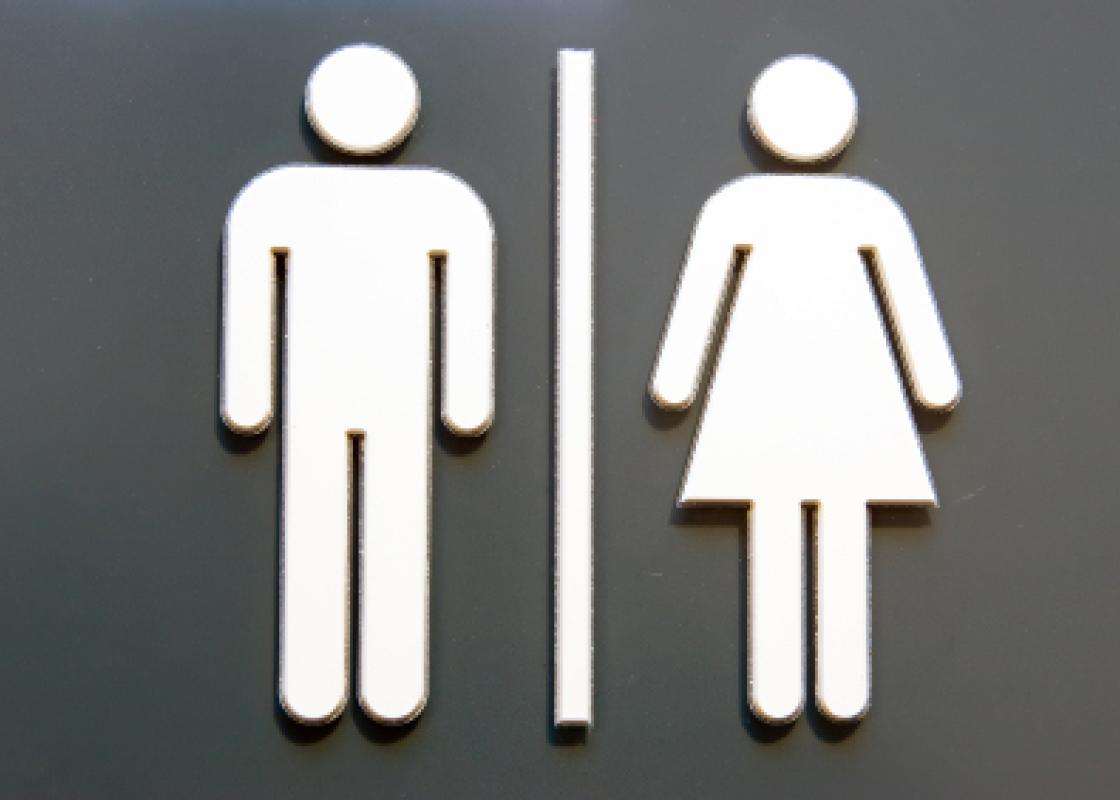The narrative of transsexuals as ”born in the wrong body” presupposes that there are two mutually exclusive gender categories, where modern medicine can help those who want to move from one category to the other.
"This is problematic because some people will not recognize the concept of two mutually exclusive gender categories. Still, they have some sort of gender issue that they want help with. I have one subject, for instance, who believes that the question of which gender he is, is something he will figure out in time," says ethnologist Tor Folgerø.
In the period from 2003-2006 he interviewed 15 self-identified transsexuals in Norway. The interviews were part of the research project 'Transsexualism – between body, gender and sexualities. A cultural analytical perspective on gender ambivalence.' (Transseksualitet - mellom kropp, kjønn og seksualiteter. Kulturanalytiske perspektiv på kjønnsambivalens.) Material from this study is presented in the article 'Transsexualism in Norwegian. The heteronormativity of gender and everyday life' (Transseksualitet på norsk. Heteronormering av kjønn og hverdagsliv), which Folgerø has written together with his colleague Tone Hellesund.
Crosses and challenges the gender system
Internationally, a political "transgender movement" has emerged which embraces different ways of crossing and challenging the dual gender system. This includes intersex people, who are born with ambiguous or atypical external/internal genitalia, or transgenderists, who live as “the other gender” without having undergone surgery. Some transgenderists consider themselves neither man nor woman, or sometimes both.
Someone who for instance only wants to remove her breasts, but who does not want hormone replacement therapy, may be denied treatment, as they don’t necessarily meet the criteria of the international diagnosis for transsexualism, F.64.0.
"Rikshospitalet University Hospital, which treats transsexuals in Norway, states that their job is to treat people who are diagnosed as transsexuals, not other cases. But they have also monopolized the entire field, for instance by asking the Norwegian Board of Health Supervision to stop Doctor Espen Esther Pirelli Benestad from giving puberty blockers to teenagers with an uncertain gender identity. That way, they control the field of transsexualism and prevent the introduction of other types of diagnoses."
Particularly Norwegian
The article Folgerø and Hellesund have written for the anthology Norwegian sexualities (Norske seksualiteter) has been titled Transsexualism in Norwegian (Transseksualitet på norsk). But transsexualism is treated in line with the diagnosis F.64.0. in accordance with the guidelines of the international “Standards of Care”. So what can be said to be particularly Norwegian about transsexualism?
"The National organization for the diagnosis transsexualism (LFTS) is in many ways the official voice of Norwegian transsexuals and we look at how they try to create a place for themselves within the Norwegian normality. Along with the GID clinic at Rikshospitalet, which decides who will receive gender reassignment surgery in Norway, they are the country’s most prominent group within this field," says Tor Folgerø.
Nothing to do with sexuality
One important issue for the LFTS has been that transsexualism has nothing to do with sexuality, only with gender identity. They have therefore promoted terms like “transgendered” or “person with a transgendered background” in Norwegian public debate.
"But in a cultural context where both gender and sexuality are binarily organized, changing one’s physical gender implies a change of “sexual identity”, from heterosexual to homosexual or vice versa, if one supposes that the patient’s sexual orientation remains the same throughout the transformation. Our object is amongst others to point out how peculiar it is that sexuality to such an extent can be toned down in relation to transsexualism."
An important part of the surgical treatment of transsexualism involves removing the existing reproductive organs and constructing new external genitalia. The latter is primarily done in male-to-female procedures, as it is easier to construct a vagina than a well-functioning penis.

So the genitals are not only a way to affirm the new gender, they are also created in order to be able to have sex; more specifically vaginal intercourse. However, complaints and complications as a result of the surgically constructed vagina are not unusual. To «Rita», one of Folgerø’s interview subjects, complications have caused a lot of pain and a number of follow-up treatments. But there are other things that really stand in the way when it comes to her being a “regular woman”; namely her facial hair, her deep voice and masculine features. In order to do something about this, however, she will have to pay for the treatment herself.
The gender is between a person’s legs
During the course of the interview Rita reveals that she perceives herself as a lesbian, but that she mainly leads an asexual life. A sexually functioning vagina is therefore perhaps less important for her than other female bodily characteristics.
"The entire treatment is aimed at creating a female body which is penetrable. That is the focus of the medical and financial resources," says Folgerø.
This way the medical discourses, along with government funding, have the power to determine that a person’s gender is placed between his or her legs, rather than in facial features, hair growth, voice, and bone structure, Folgerø and Hellesund conclude.
They believe that Rita’s story serves to illustrate the shallow heteronormativity of the medical treatment of male-to-female transsexuals. And they ask to what degree the diversity of this group, with regard to different identities and practices, is kept in mind.
However, Folgerø emphasizes that his interview subjects probably attribute great symbolic value to the vagina and that neither of them criticize the hospital for focusing on the genitals.
"All in all, a good part of the subjects agree with the prevailing view that transsexualism primarily is a question of gender identity and that it is a medical condition for which you can seek help."
Support from the Christian Democratic Party
The Christian Democratic Party is the only political party that explicitly supports the situation of transsexuals in its party programme. Also, former Minister of Health and Care Services Dagfinn Høybråten has been an important ally of the LFTS.
According to Folgerø and Hellesund, this is not so surprising. They point out that the LFTS has managed to establish a narrative of transsexuals as regular people who unfortunately happen to be born in the wrong body. The LFTS' perception of gender as two mutually exclusive categories corresponds with the political programme of the Christian Democratic Party and supports the heterosexual framework.
"By defining transsexualism as a medical diagnosis and as a condition for which there is a cure, it becomes much easier to raise support for one’s cause than if it was merely a question of taste and desire," states Tor Folgerø.
The special interest group LFTS works for people who seek and receive the diagnosis transsexualism and who go through gender reassignment surgery. The LFTS works politically and socially to help men and women who have undergone sex change to live openly, without fear of being socially excluded or discriminated against.
The Gender Identity Disorder clinic at Rikshospitalet is responsible for performing gender reassignment treatment in Norway. This includes psychiatric evaluations, hormone therapy, surgery, and the post-operative follow-up of people who receive the diagnosis F.64.0 Transsexualism. (Source: www.lfts.no)
